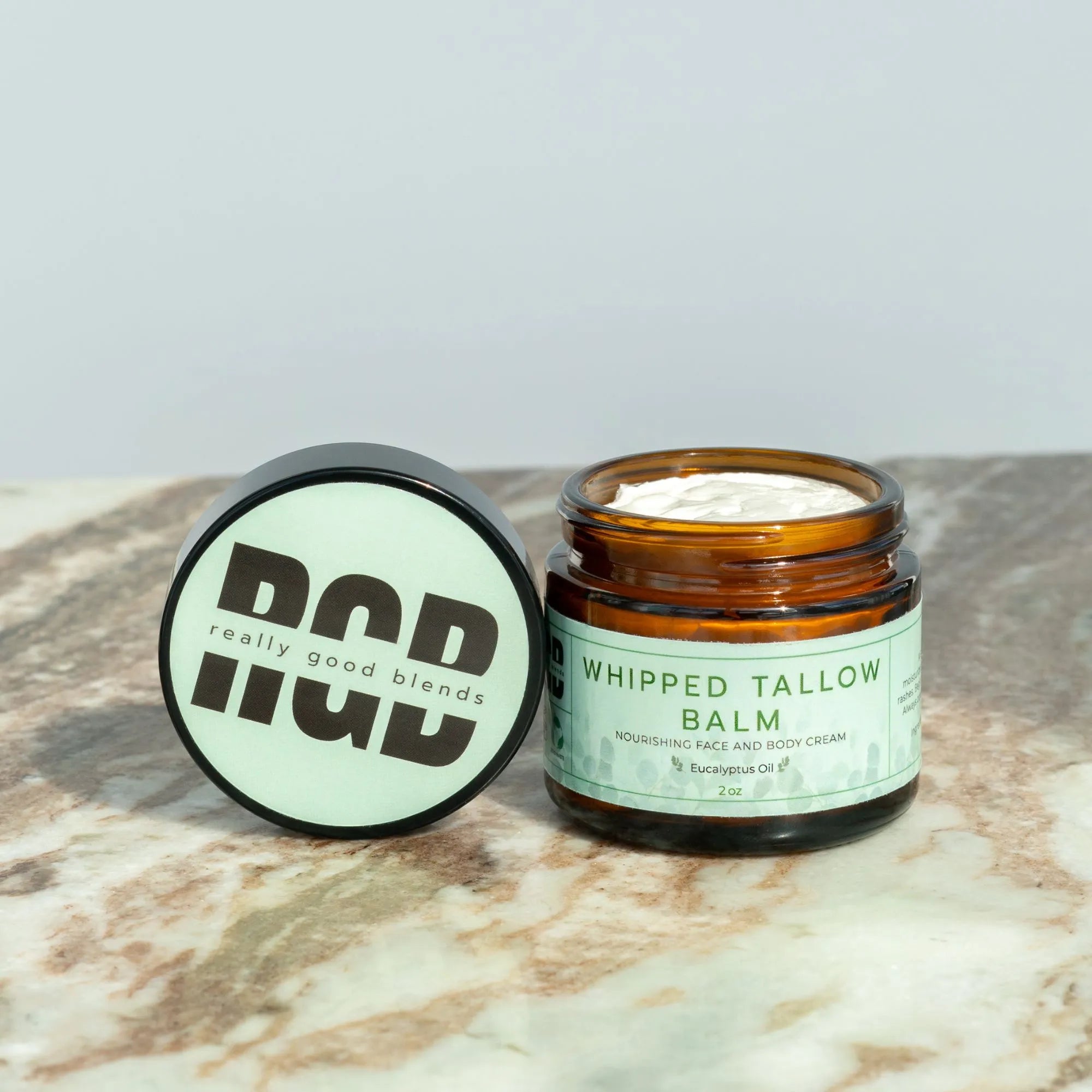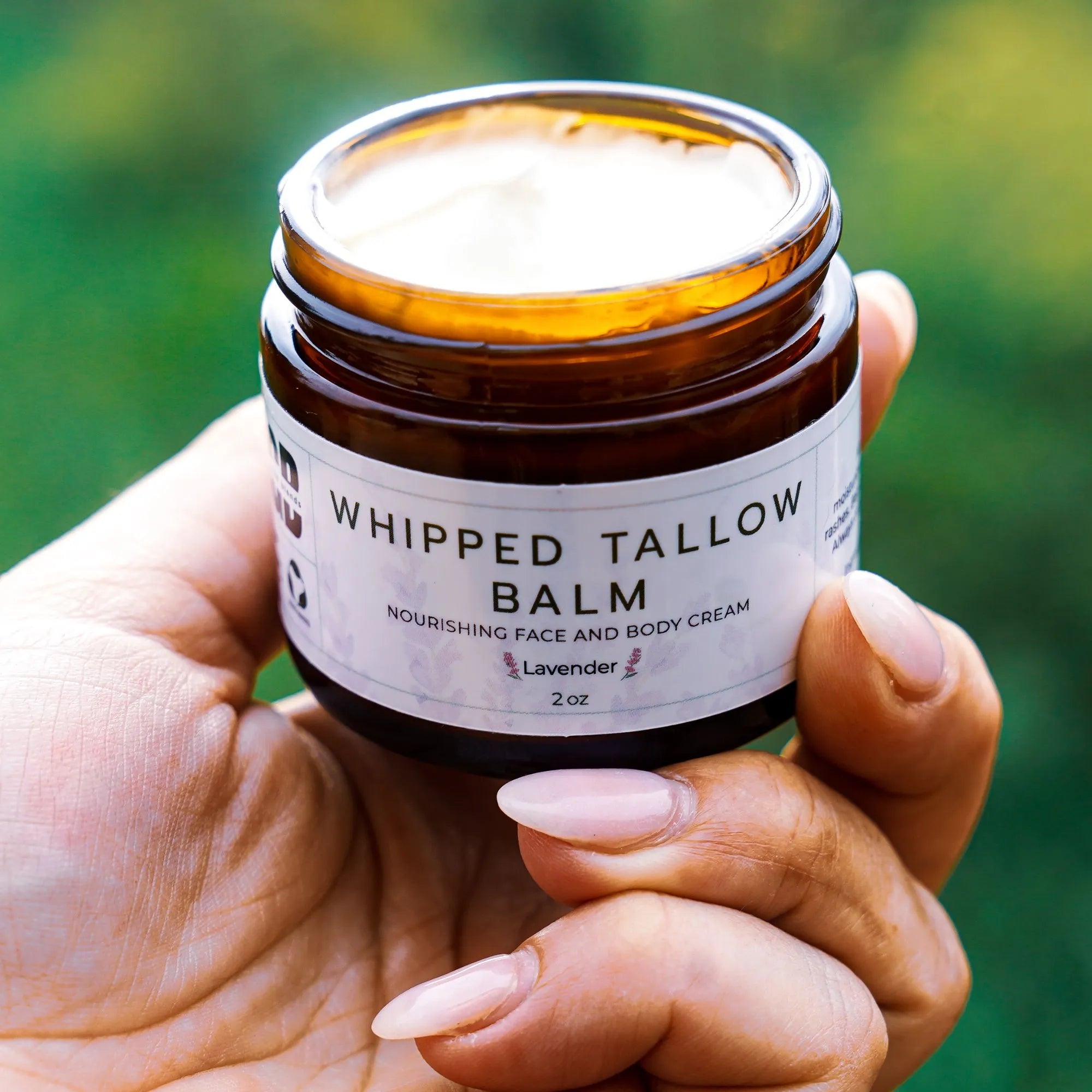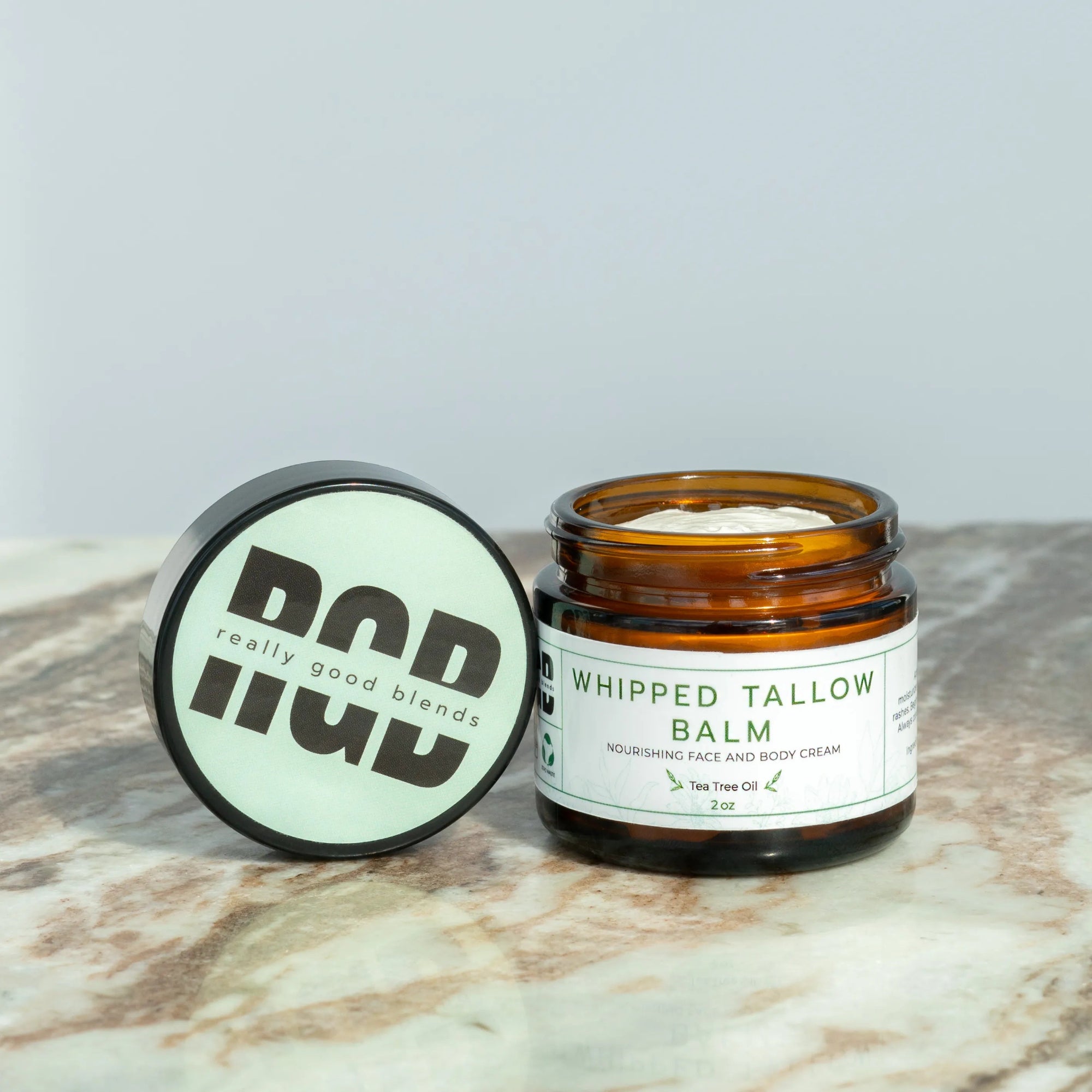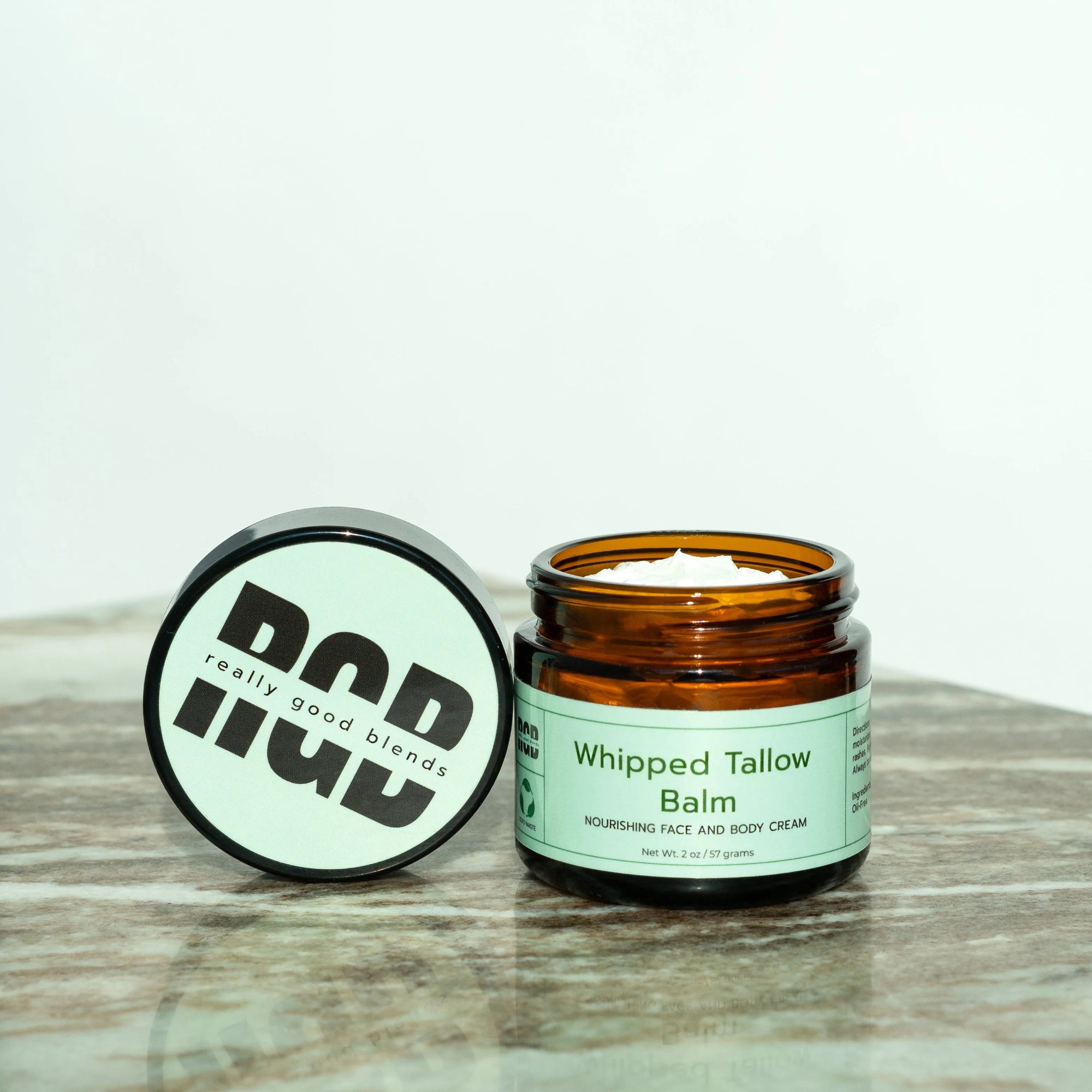In a world where environmental consciousness is on the rise, individuals are seeking sustainable alternatives in every aspect of their lives. This includes making eco-friendly choices in their beauty routines. One such alternative that has been gaining attention for its sustainability is tallow. Derived from animal fats, tallow has been used for centuries in various applications, including skincare. In this blog post, we will explore the sustainability of tallow and why it might be a greener choice for your beauty routine.
The Historical Perspective:
Tallow has a rich history dating back to ancient civilizations. Traditionally, it was used for lighting lamps, making soap, and even as an ingredient in skincare products. In the modern era, however, the popularity of tallow diminished with the advent of synthetic alternatives. Recently, there has been a resurgence of interest in tallow due to its potential environmental benefits.
Environmental Impact of Tallow Production:
Tallow is primarily derived from animal fats, often a byproduct of the meat industry. This means that tallow production can utilize parts of the animal that would otherwise go to waste. By repurposing these byproducts, the beauty industry can contribute to a more sustainable and efficient use of resources. Additionally, the production process of tallow is generally considered less resource-intensive compared to some synthetic alternatives.
Biodegradability and Reduced Waste:
One of the key environmental advantages of tallow-based products is their biodegradability. Unlike many synthetic ingredients that can linger in the environment for years, tallow breaks down naturally over time. This is crucial for reducing the long-term impact of beauty products on ecosystems and waste management systems. Choosing tallow-based products can be a step towards minimizing the environmental footprint of your beauty routine.
Local and Ethical Sourcing:
Another aspect that contributes to the sustainability of tallow is the potential for local and ethical sourcing. Many producers of tallow prioritize working with local farmers and ensuring ethical treatment of animals. By supporting such practices, consumers can align their beauty choices with values that promote responsible and sustainable agriculture.
Nutrient-Rich Properties:
Beyond its environmental benefits, tallow also offers unique skincare advantages. It is rich in essential fatty acids, which can provide deep hydration to the skin. Tallow-based products are often praised for their moisturizing properties and their ability to nourish the skin. By choosing tallow, consumers can not only prioritize sustainability but also benefit from the natural goodness that this ingredient has to offer.
The Challenge of Perception:
Despite its potential advantages, tallow faces challenges in gaining widespread acceptance in the beauty industry. There are concerns about the sourcing of animal products and the ethical implications of using animal-derived ingredients. Addressing these concerns transparently and promoting responsible sourcing practices is essential for the broader acceptance of tallow-based beauty products.
As the beauty industry continues to evolve, consumers are becoming more discerning in their choices, seeking products that align with their values. Tallow, with its historical significance and potential environmental benefits, presents a greener choice for those looking to make their beauty routines more sustainable. By understanding the production process, sourcing practices, and skincare benefits of tallow, consumers can make informed decisions that contribute to a more eco-friendly and responsible beauty landscape. Ultimately, the sustainability of tallow represents not just a trend but a conscious step towards a greener and more mindful beauty routine.
Take a moment to evaluate your current beauty routine. Are there small adjustments you can make to align it with more sustainable practices? Every little change counts towards a greener future.





